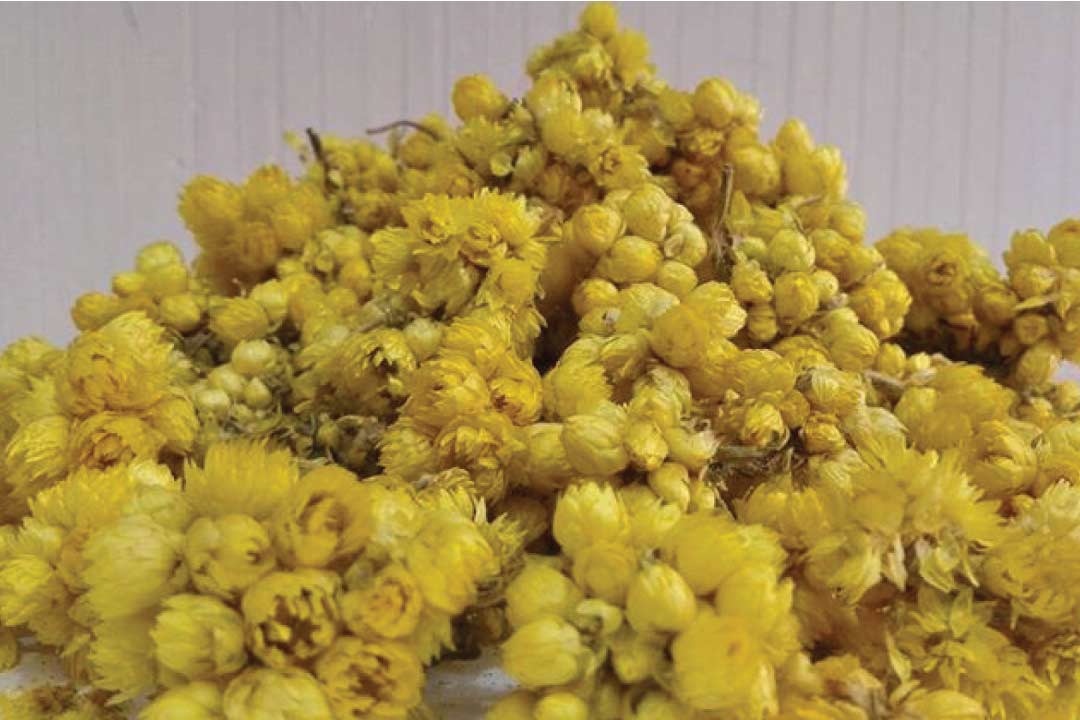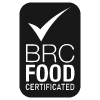Anise is a plant with very aromatic seeds, very similar to fennel. that this plant had medicinal and food uses in ancient Iran. Green, pear-shaped and small seeds whose upper part is pointed and has five prominent lines. This plant is often confused with fennel seeds.
Anise is a long and perennial plant with many notched leaves and is native to the Mediterranean region. Anise is one of the plants in the same family as carrots, celery and parsley.
Its fruit consists of two pear-shaped parts (hazelnuts), each of which has a green outer part and a slightly dark inner part, and has a spicy and aromatic smell. This plant was first planted in Egypt and the Middle East and then brought to Europe due to its medicinal properties.
Anise plant should be planted in light, fertile and drained soil to grow better. This plant is planted in spring and as soon as the ground warms up.
The nutritional value of anise is very high and it is full of nutrients for the body. The most important and main element of this vegetable seed is iron and then manganese, and also anise has antioxidant properties for the body.
From its seeds in the form of:
- oil
- herbal sweat
- tea
Parts of the fruits of this plant are used as spices. This plant has a sweet and aromatic taste. It is used as a fragrance agent in soaps, creams and perfumes. Considering its value, it is very useful for skin, hair and health.
 Combinations
Combinations
- Essential oil (2-6%):
essential oil is antole. methylcavicol . anisaldehyde.
- Caffeic acid derivatives:
Chlorogenic acid.
- Flavonoids:
including apigenin-7-5-glucoside. isorintin. isovitexin. luteolin-7-O-glucoside.
- oil (30%)
Important compounds in anise seeds:
- Important compounds in anise seeds:
- Stragol
- p-anisaldehyde
- Anise alcohol
- acetophenone
- Pinene and limonene.
- Antole oil
The importance of anise in cooking:
Fresh anise leaves are used for cooking. This plant is used to produce mouthwash and mouth cleaners. About 20 to 30 grams of this plant, the amount of iron It provides the daily needs of the human body.
Drug interactions
- Iron: the possibility of increasing the absorption of iron from the intestinal mucosa
- Oral contraceptives: high doses of the plant can interfere with these drugs.
- Anticoagulants (warfarin and heparin): can cause bleeding. You should see a doctor if you experience bleeding symptoms at the same time.
Properties
- Relaxing effect on muscles
- Anticonvulsant and epilepsy
- Soothing and anti-inflammatory
- Antioxidant
- Improve the function of the digestive system
- Strengthen the immune system
- Prevention of osteoporosis
- Reduction of menopause symptoms: hot flashes, fatigue and dry skin
- Help lower blood pressure
- It helps to treat rheumatism
- Antibacterial property
- anti flatulence
- anti parasite
- Prevent constipation
- Antioxidant properties
- Treatment of insomnia
- Cataract treatment
- Increase oral health
- Antispasmodic
- Treatment of respiratory problems
- Antiepileptic properties
- Improve heart function
- Relieve joint pain
- Improving the body’s metabolic system
- Prevent premature aging
- Head lice treatment
- Effective for colds, flu and bronchitis
Disadvantages of anise
- Anise acts similar to estrogen in the body and its high consumption is not suitable for men.
- This herb interacts with some hormonal drugs. Reduce the effect of hormonal drugs.
- It is better not to use sweat and anise essential oil for children.
- Anise has interacted with some other drugs and as: can reduce the effectiveness of anti-cancer drugs.
Nutritional value table
| Nutrient | 337 calories |
| energy | 15.9 grams |
| fat | 50.02 grams |
| Carbohydrate | 17.6 grams |
| Protein | 9.54 grams |
| water | 0 grams |
| sugar | 0 grams |
| starch | 0 grams |
| caffeine | 6.95 grams |
| ash | 14.6 grams |
| fiber | 646 mg |
| calcium | 36.96 mg |
| iron | 170 mg |
| magnesium | 440 mg |
| phosphorus | 1441 mg |
| Potassium | 16 mg |
| sodium | 5.3 mg |
| zinc or zinc | 0.91 mg |
| copper | 2.3 mg |
| Manganese | 5 mg |
| Selenium | 21 mg |
| Folic acid | 10 micrograms |
| Colleen | Micro grams |
| betaine | 0 micrograms |
| Vitamins | |
| Vitamin B12 | Micro grams |
| Added vitamin B12 | 311 IU units |
| Vitamin A | 16 RAE units |
| Vitamin A RAE | 0 mg |
| Vitamin E | 0 micrograms |
| Vitamin D | 0 micrograms |
| Vitamin K | 0 grams |
| Vitamin C | 0.34 mg |
| Vitamin B1, thiamine | 0.29 mg |
| Vitamin B2, riboflavin | 3.06 mg |
| Vitamin B3, niacin | 0.797 mg |
| Vitamin B5, pentanic acid | 0.65 mg |
| Vitamin B6 | 10 micrograms |
| folate | 10 micrograms |
| DFE folate | 0 micrograms |
| Folate group | 0 micrograms |
| Cholesterol | 0 mg |
| Phytosterol | 0 grams |
| Ethanol alcohol | 0 grams |
More content:


 Combinations
Combinations



















You’re so awesome! I don’t believe I have read a single thing like that before. So great to find someone with some original thoughts on this topic. Really.. thank you for starting this up. This website is something that is needed on the internet, someone with a little originality!
I do not even understand how I ended up here, but I assumed this publish used to be great
This is my first time pay a quick visit at here and i am really happy to read everthing at one place
I just wanted to express my gratitude for the valuable insights you provide through your blog. Your expertise shines through in every word, and I’m grateful for the opportunity to learn from you.
Nice post. I learn something totally new and challenging on websites
Thanks for this very informative article! For anyone looking for a detailed step-by-step guide on creating a Binance account, here’s a helpful resource I found: How to Register an Account on Binance. Hope it’s useful!
Nice post. I learn something totally new and challenging on websites
For the reason that the admin of this site is working, no uncertainty very quickly it will be renowned, due to its quality contents.
There is definately a lot to find out about this subject. I like all the points you made
My first time here, and I’m very happy to have everything easily accessible in one place